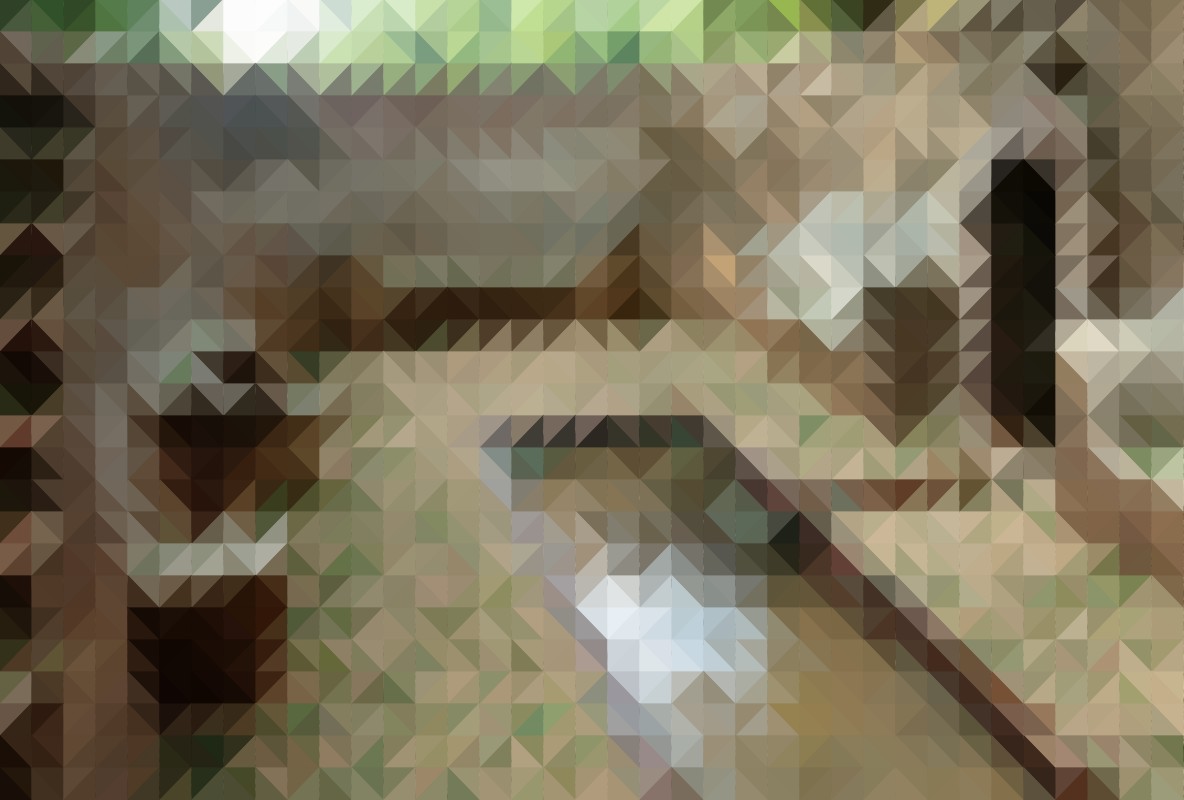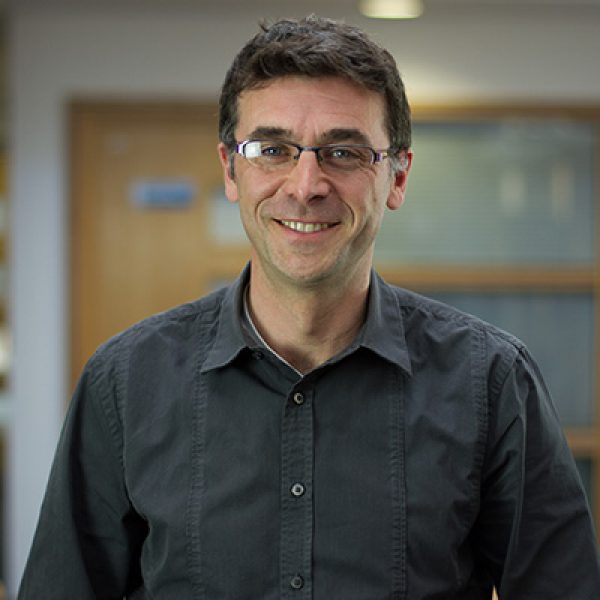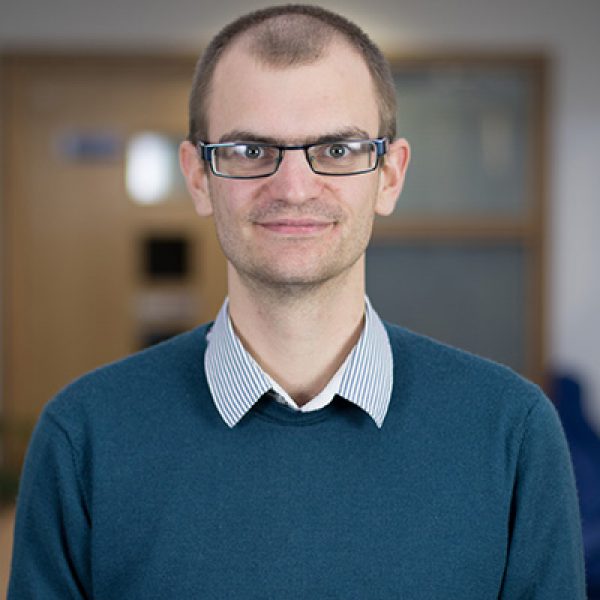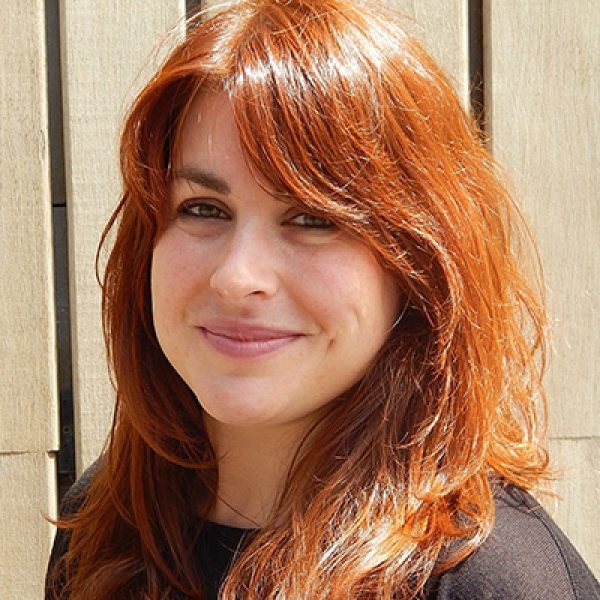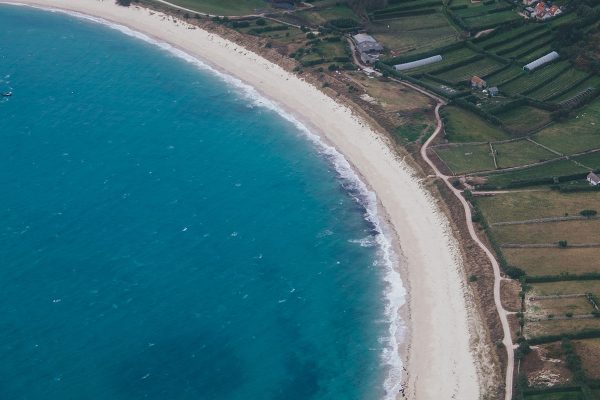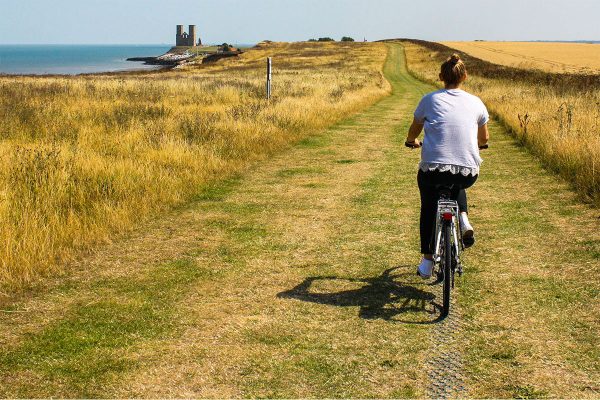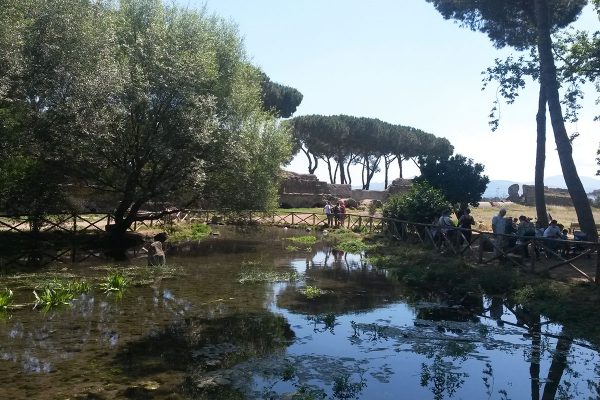Introduction
This study worked with landscape architects, charities and the public, to restore an old spring and its surrounding area in Catalonia, Spain.
The Can Moritz modernist spring is located in the neighbourhood of Castellnou in Rubí and was abandoned for many years.
Rubí d’Arrel, a non-governmental organisation (NGO) started to restore the historical blue space, aiming to make it more accessible to the community. Blue spaces are popular with local walkers and people who like to picnic and socialise in the area.
The BlueHealth project worked with the NGO to design and assess the restoration project. BlueHealth also helped to recover the natural space around the spring by investing to plant native trees and improve seating areas for visitors.
Landscape architecture students from the Universitat Autònoma de Barcelona, local residents and the local council were also integral to the success of the restoration between 2017 and 2020, demonstrating the benefits of interdisciplinary collaborations.
Watch some media coverage of the intervention that took place in 2018 (in Catalan).
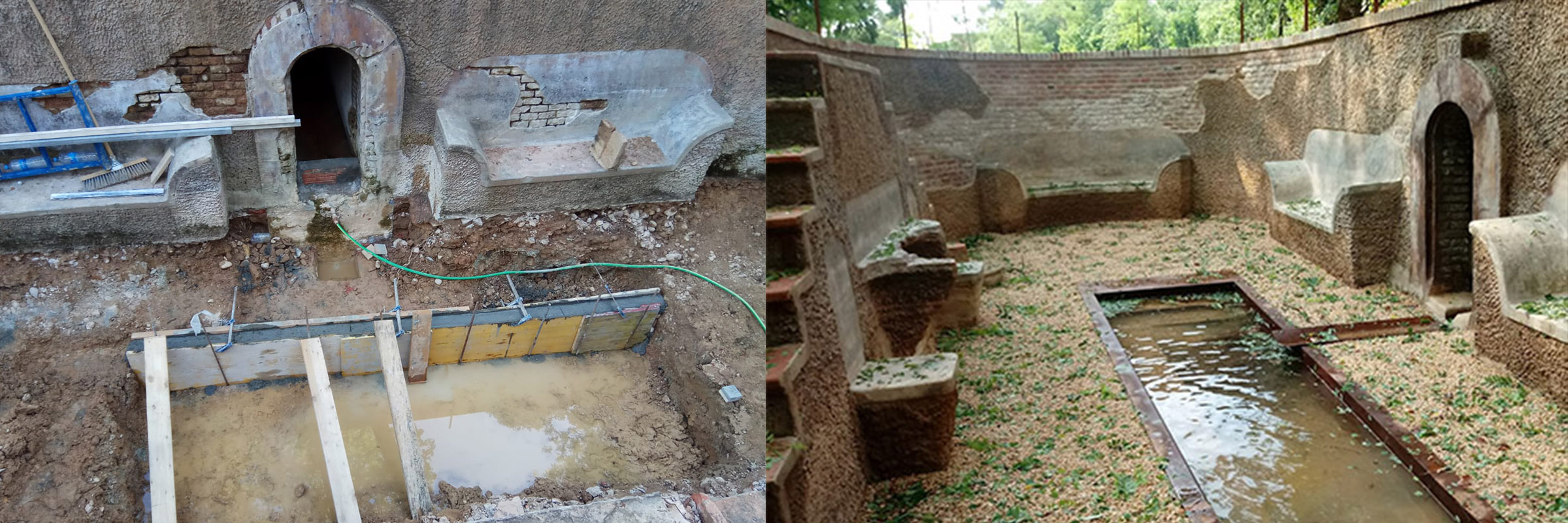
Overgrown vegetation was cleared, revealing seating areas surrounding the water.
Highlights
- This case study shows that interdisciplinary work and the involvement of the local community is key in the recovery of blue spaces
- The project showed that participatory methods of landscape architecture can be very useful to prioritize and design interventions
- The research highlighted how the restoration of abandoned heritage and natural spaces could increase the use of blue spaces
Progress
BlueHealth researchers conducted interviews with local people before the restoration project started in 2017 and after the intervention was completed in 2020.
In total, 80 people participated in these interviews and the results will help us understand how people engage with the restored space and if people’s behaviour has changed. This could help to indicate whether the intervention is linked to improving health and wellbeing.
Data is currently being analysed and we will update this research page with the final results soon.
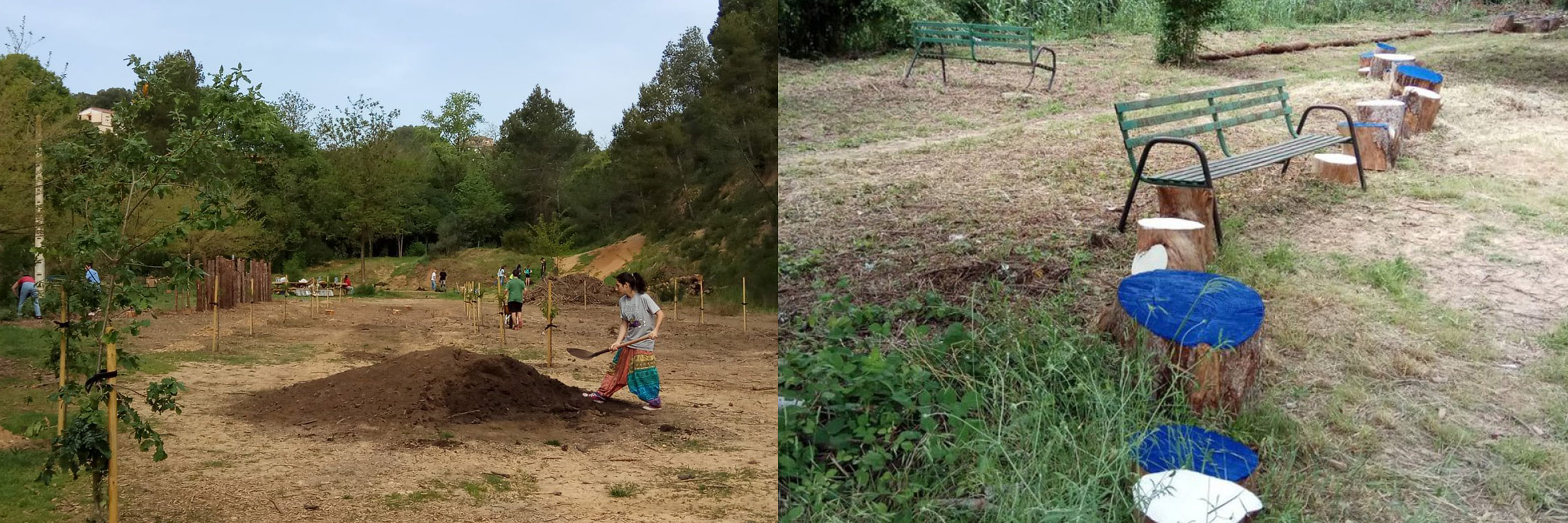
Native trees were planted by volunteers and access to seating was improved.

